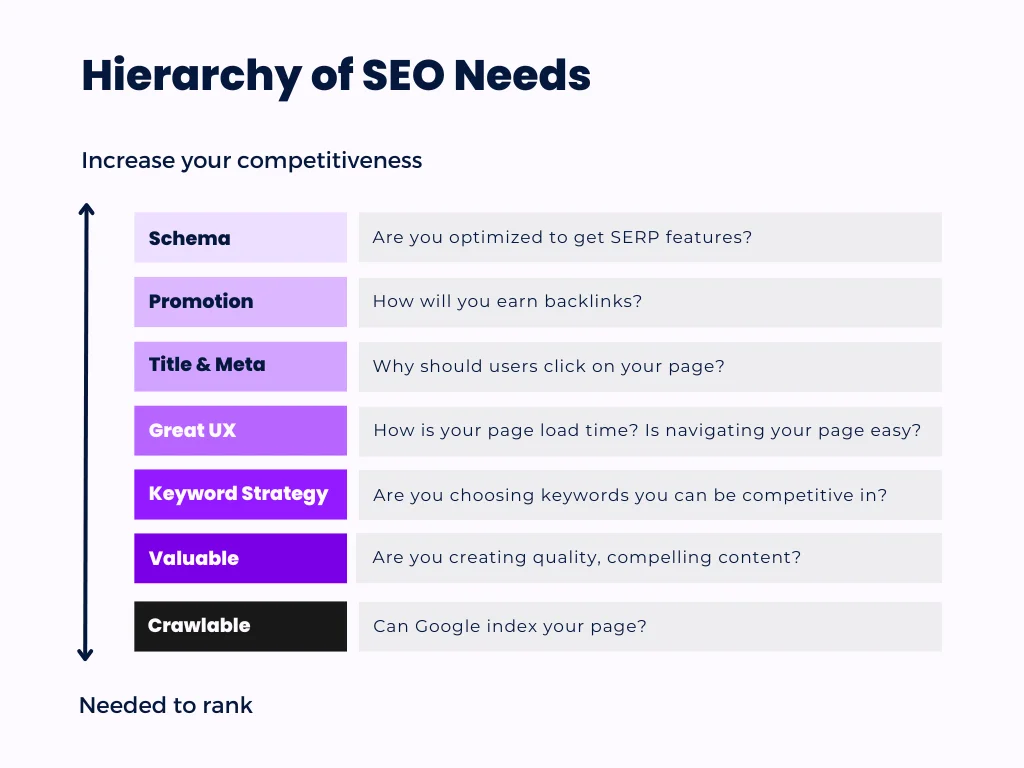

Content Writer for Whistle with multidisciplinary experience spanning over a decade.
Expanding into high-growth markets is a major opportunity for SaaS companies—but it comes with significant challenges. Rapid digital adoption, evolving industry needs, and increasing demand for efficiency-driven solutions make these markets attractive. Yet, many businesses struggle to gain traction because they underestimate the complexity of regional differences.
A successful expansion isn’t just about entering a new market—it’s about achieving sustained growth. Companies that thrive in high-growth regions take a systematic, numbers-driven approach, aligning sales, marketing, and customer engagement with the realities of each market.
Based on successful market entries across the SaaS industry, here are seven proven strategies that drive long-term success—not just pipeline, but real market penetration.
Expanding into high-growth markets is not simply about chasing GDP growth. Many factors determine whether a market is worth the investment, including digital adoption rates, economic stability, regulatory environment, and the readiness of local businesses to adopt new solutions.
Regions such as Southeast Asia, Latin America, and parts of Africa are seeing rapid technological adoption, making them attractive for SaaS companies. However, within these regions, there are significant differences in infrastructure, language, and purchasing behavior. A country with strong economic growth may still have regulatory hurdles or low digital penetration, making market entry more difficult.
To prioritize the right markets, companies need a data-driven approach. This includes assessing the total addressable market (TAM), analyzing the competitive landscape, and understanding how buyers make decisions. Market expansion efforts that rely on assumptions rather than concrete data often fail. The strategies below provide a structured framework to ensure companies expand into new regions with precision and a clear path to sustainable growth.

A go-to-market strategy should be more than a translation exercise. Companies that assume their existing messaging, pricing, and sales motions will work in new markets often struggle with low engagement and poor conversion rates.
Localization involves adapting pricing models to match regional expectations, adjusting positioning to reflect how buyers evaluate solutions, and refining marketing and sales strategies to align with local business culture. For example, in some regions, relationships and referrals are critical to winning deals, while in others, buyers prioritize efficiency and ROI.
Successful market entry starts with understanding what drives purchasing decisions in each region and tailoring sales and marketing strategies accordingly.
Sales outreach is far more effective when it feels native to the market. SDRs who speak the local language and understand the nuances of business communication significantly outperform those relying on generic scripts or translation tools.
Beyond language, cultural understanding is key. Some regions favor direct negotiation, while others require a more relationship-driven approach. In many high-growth markets, buyers expect extensive pre-sale discussions before purchasing. SDRs who understand these dynamics can navigate the sales process more effectively, improving conversion rates and shortening sales cycles.
Companies that invest in regional sales talent—either by hiring locally or partnering with experienced providers—see stronger results than those relying on centralized teams with limited market familiarity.
Expanding into a new region without a clear picture of the competitive landscape is a risk. Knowing who the key players are, how they position themselves, and where their weaknesses lie allows companies to differentiate effectively.
Key factors to analyze:
Competitive analysis is not a one-time task. Ongoing monitoring of market movements ensures companies can adapt their approach as needed.
Sales efforts are most effective when supported by a strong digital presence. In many high-growth markets, buyers research solutions online before engaging with a sales rep, making localized digital marketing a key component of expansion.
Core digital strategies include:

A well-executed digital strategy not only generates leads but also builds credibility in a new market before direct sales outreach begins.
Entering a new market without local partnerships can lead to longer sales cycles and higher acquisition costs. Collaborating with established businesses, resellers, or industry influencers provides immediate credibility and access to existing customer networks.
Types of partnerships that accelerate market entry:
The right partnerships can fast-track market entry by removing friction and building trust with potential buyers.
Winning customers is one thing—keeping them is another. Companies that expand without a plan for localized customer support often struggle with high churn rates.
Providing support in the local language, through preferred communication channels, improves retention and customer satisfaction. Many buyers expect localized documentation, region-specific SLAs, and accessible support options, whether through live chat, phone, or email.
For companies that lack the resources for in-house teams, AI-driven multilingual support solutions or outsourced providers can bridge the gap. Regardless of the approach, ensuring customers feel supported is critical to long-term success in any new market.
Market expansion requires ongoing evaluation. Companies that fail to track performance metrics risk allocating resources inefficiently or persisting with ineffective strategies.
Key metrics to monitor:
When performance falls short, companies need to diagnose the cause—is the pricing too high? Is the sales process misaligned with local buying habits? Data-driven decision-making allows for quick adjustments, ensuring resources are used effectively.
Additionally, market conditions evolve. Regulatory changes, competitor shifts, and economic fluctuations all impact strategy. Companies that remain flexible—adapting pricing, messaging, or sales motions based on real-time feedback—position themselves for sustained success.
Market expansion presents significant opportunities, but success depends on more than just launching in a new region. Companies that take a systematic approach—prioritizing the right markets, localizing sales efforts, and tracking key performance indicators—set themselves up for long-term growth.
Rather than relying on assumptions, a data-driven strategy ensures that businesses enter new markets with confidence, securing not just initial traction but sustained market presence over time.
Whistle helps companies expand into high-growth markets with precision, providing expert-led strategies, localized sales teams, and data-driven insights that drive real results. Learn how Whistle can accelerate your market entry.


© Copyright – Whistle 2023